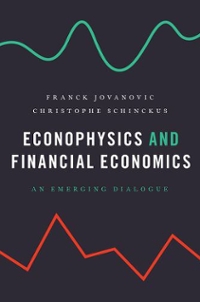Answered step by step
Verified Expert Solution
Question
1 Approved Answer
Hubert and Manuel are considering contributing toward the creation of a building mural. Each can choose whether to contribute $ 4 0 0 to the
Hubert and Manuel are considering contributing toward the creation of a building mural. Each can choose whether to contribute $ to the building
mural or to keep that $ for a cell phone.
Since a building mural is a public good, both Hubert and Manuel will benefit from any contributions made by the other person. Specifically, every dollar
that either one of them contributes will bring each of them $ of benefit. For example, if both Hubert and Manuel choose to contribute, then a total
of $ would be contributed to the building mural. So Hubert and Manuel would each receive $ of benefit from the building mural, and their
combined benefit would be $ This is shown in the upper left cell of the first table.
Since a cell phone is a private good, if Hubert chooses to spend $ on a cell phone, Hubert would get $ of benefit from the cell phone and
Manuel wouldn't receive any benefit from Hubert's choice. If Hubert still spends $ on a cell phone and Manuel chooses to contribute $ to the
building mural, Hubert would still receive the $ of benefit from Manuel's generosity. In other words, if Hubert decides to keep the $ for a cell
phone and Manuel decides to contribute the $ to the public project, then Hubert would receive a total benefit of $$$ Manuel
would receive a total benefit of $ and their combined benefit would be $ This is shown in the lower left cell of the first table.
Complete the following table, which shows the combined benefits of Hubert and Manuel as previously described.
Of the four cells of the table, which gives the greatest combined benefits to Hubert and Manuel?
When both Hubert and Manuel contribute to the building mural
When neither Hubert nor Manuel contributes to the building mural
When Hubert contributes to the building mural and Manuel doesn't, or vice versa
Now, consider the incentive facing Hubert individually. The following table looks similar to the previous one, but this time, it is partially completed with
the individual benefit data for Hubert. As shown previously, if both Hubert and Manuel contribute to a public good, Hubert receives a benefit of
$ On the other hand, if Manuel contributes to the building mural and Hubert does not, Hubert receives a benefit of $
Complete the righthand column of the following table, which shows the individual benefits of Hubert.
Hint: You are not required to consider the benefit of Manuel.
If Manuel decides to contribute to the building mural, Hubert would maximize his benefit by choosing
On the other hand, if Manuel decides not to contribute to the building mural, Hubert would maximize his benefit by choosing
to the building mural.
to the building mural.
These results illustrate
not to contribute
to contribute

Step by Step Solution
There are 3 Steps involved in it
Step: 1

Get Instant Access to Expert-Tailored Solutions
See step-by-step solutions with expert insights and AI powered tools for academic success
Step: 2

Step: 3

Ace Your Homework with AI
Get the answers you need in no time with our AI-driven, step-by-step assistance
Get Started


